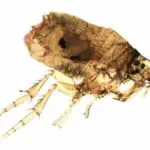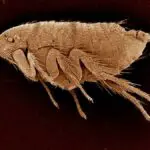Fleas, although small, can be a serious worry if you do not eliminate them quickly. Those blood-sucking, flightless insects carry various diseases.
Flea infestation is very frustrating because the fleas reproduce and spread so rapidly that you can almost find them everywhere. The red spots from flea bites are also not pleasant.
Fleas are harmful to humans and pets – and you don’t want that as a pet owner. Hence the need to get rid of them as soon as possible. What do you need to know to eliminate these parasites from your home, pet, and furniture? The answer to this question – in detail – is in this article.
Read on.
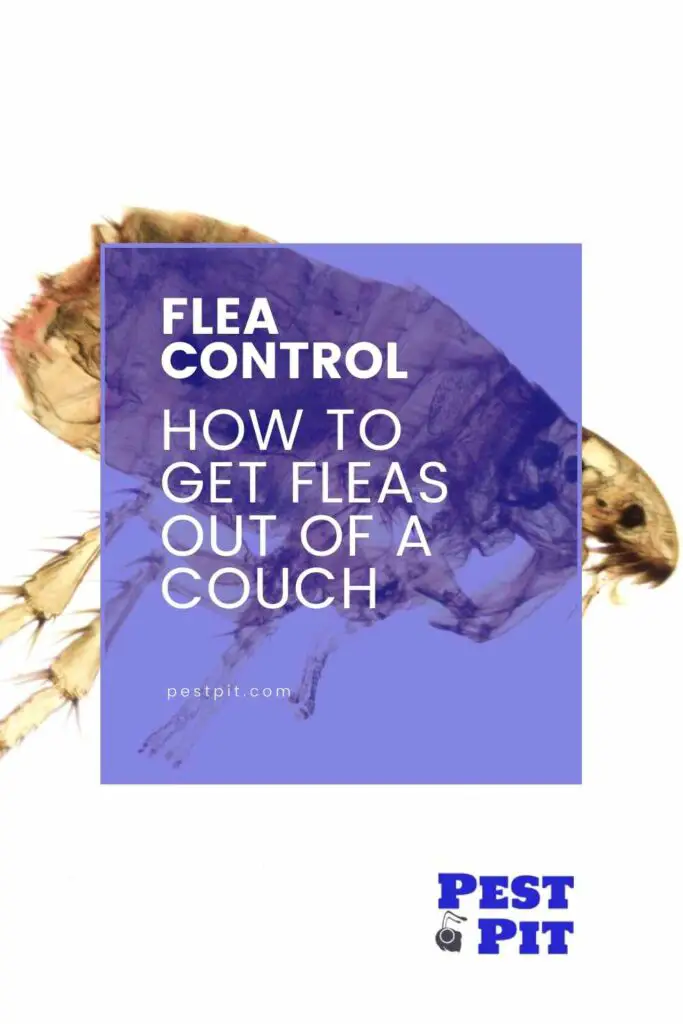
Fleas’ life cycle
How can we discuss the riddance of fleas without discussing how they breed, where they breed, where they are most likely to be found, and why you can not seem to get off your pet?
Like other insects with complete metamorphosis, the life cycle of fleas has four stages; egg, larvae, pupa, and fully-developed fleas. Therefore, a large proportion of the flea population is composed of eggs and larvae. Typically, the composition of the flea population is something like this; 40% eggs, 40% larvae, 15% pupa, and adult fleas account for the remaining 5%.
You can begin to imagine the number of eggs and larvae in your house if there are hundreds of fleas already. These blood-sucking insects thrive well in humid and warm environments. Now, let us take a more detailed look at the different stages of the life cycle of fleas;
Flea eggs
Fleas require blood to reproduce. Hence, the female fleas find a host – in other words, the source of their blood meal. They identify potential hosts by detecting their breathing, body heat, and movements. Fleas prefer animal hosts (your pet). However, they can resort to humans as well.
After a blood meal, adult male and female fleas mate and start laying eggs on the surface of their hosts. The egg is usually tiny (about 1mm in size) and white. Unlike other insects, flea eggs do not remain on the hosts.
They fall off to the ground almost immediately. The hosts – usually your pets – contribute to the distribution of fleas as the eggs fall off them as they move from one part of the house to the other. This distribution is why, as a pet owner, you sometimes find them on your couch.
Depending on the environmental conditions (like humidity, temperature, etc.), an egg can hatch between two days to two weeks.
Flea larvae
In the larval stage, larvae start crawling in search of food. The larvae also feed on blood. However, since they find it difficult to penetrate the skin of their hosts to source their blood meal, they feed primarily on flea feces (also called “flea dirt”).
The larvae – initially almost transparent – grow darker as they feed. The larvae keep feeding until they develop enough to spin silken cocoons. Additionally, the cocoon is white, thin, and sticky.
The sticky nature of the cocoon sometimes attracts dirt and other debris. As a result, the cocoon forms a camouflage to protect the pupa. The larva can take four to twenty days to spin cocoons and transform into a pupa.
Flea Pupa
This stage is the final stage before fully-developed fleas emerge. In the pupal stage, the flea does not move. Instead, the pupa remains in the cocoon until it is fully developed. Depending on the environmental factors, the pupa can stay in the cocoon for as long as a year!
The fully-developed fleas will not come out until they identify a potential host nearby.
Adult flea
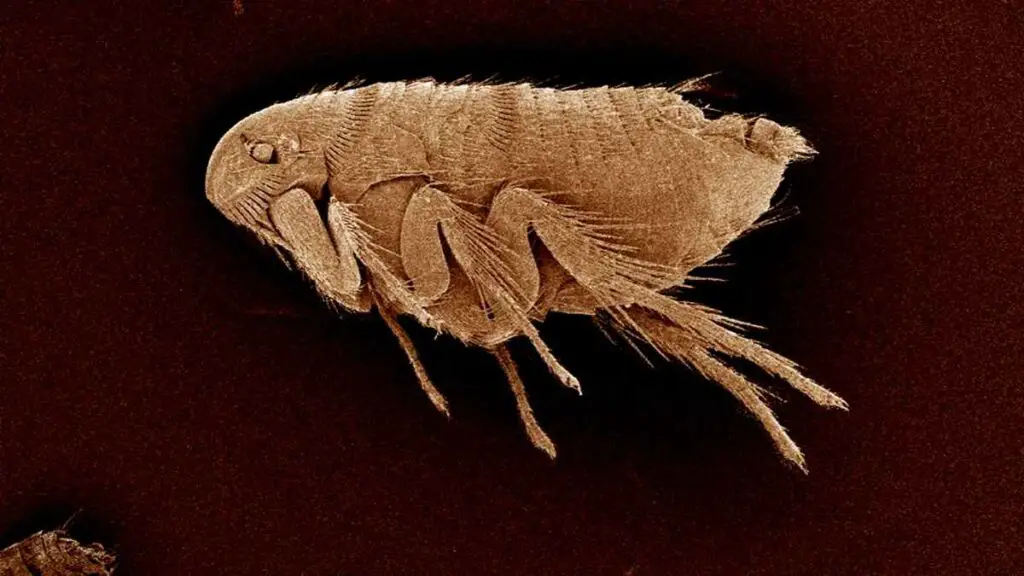
Adult fleas start to feed as soon as they come out of the cocoon. Adult fleas attach themselves to a host and remain attached to the host for the rest of their lives. Then, the fleas will breed, lay eggs, and feed – all on the host.
An adult flea is usually tiny and dark-colored. They grow big as they feed on their hosts. The female fleas begin to lay eggs within two days after the first blood meal. Fleas can live for days or several months.
How dangerous are fleas?
Although a flea does not directly harm you, flea-borne infection is something to worry about. A famous example of flea-borne infections is the “bubonic plague” that killed millions of Europeans in the middle ages.
Other flea-borne infections are murine typhus, tularemia, and tungiasis. Flea bites can also trigger allergic reactions, skin irritations, and severe itching. Sometimes, the flea bites become infected, which can be critical. Hence, the need for flea control.
How to get fleas out of couch(es)?
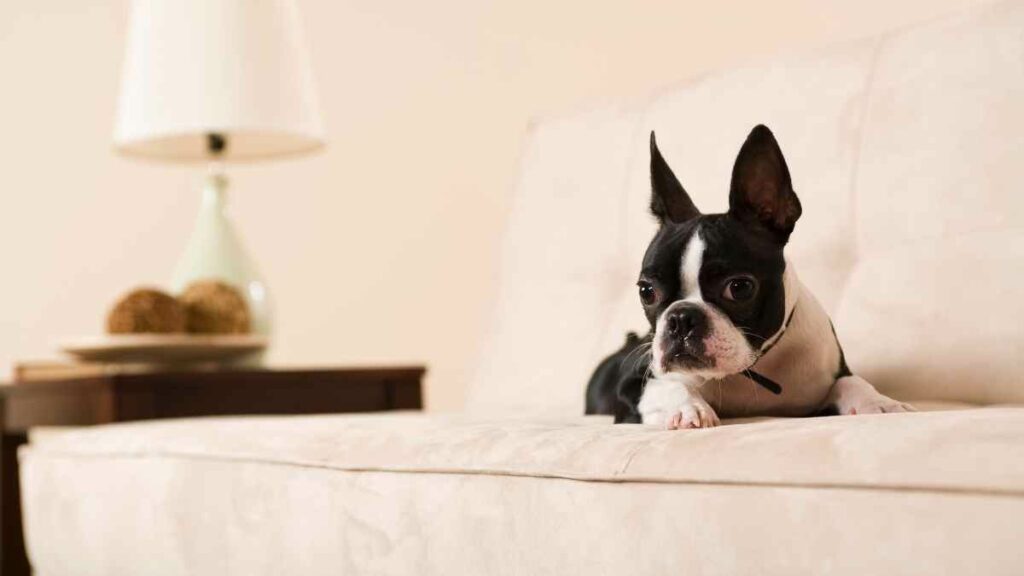
Fleas do not only attach themselves to your pets. Instead, they live in your upholstered furniture. While they may die off if they do not get a food source, their profuse multiplication means you will always find them around if you do not take action to get rid of them.
In critical cases of flea infestation, you can find a flea in your bedding, leather furniture, wooden furniture, rugs, or even your couches, if the couch cover is furry. Furry covering helps keep the fleas unnoticed. Unfortunately, fleas also thrive well in cracks and corners.
At this juncture, you may already be asking, “how do I kill fleas on my couch?” There are several options to explore. Some of them are listed below;
Empty the couch
The first thing you should do once you notice fleas on your couches is to empty them. Remove all the coverings and cushions. Doing this exposes the fleas and the possible cracks or corners where they may be hiding.
This exposure ensures the effectiveness of other measures. Do not forget to wear a knee-length sock when doing this. Adult fleas jump on human knees and legs. Wash and clean the cushion and coverings you have removed thoroughly with warm water. Washing them will rid them of any fleas attached to them.
Vacuuming
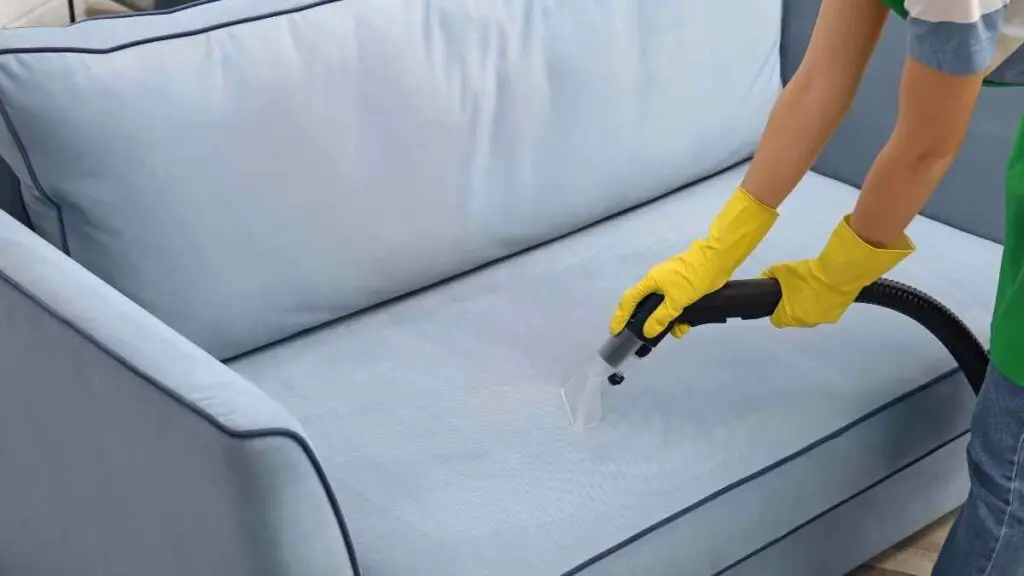
Now that you have removed the couches and cushions. Use a good, quality vacuum cleaner to start vacuuming daily. Your targets should be cracks, tight spaces/inaccessible spots.
Make sure you keep vacuuming to remove the eggs, larvae, cocoons, and fleas that you may have skipped/overlooked on the first day. After vacuuming, you must remove the dust bag from the vacuum and dispose of it far away from your home.
Borax
**Before using borax, click here to read how to use it safely**
Although borax is widely known as a cleaner, laundry aid, and pesticide, you can also use it to kill fleas. Borax is available in several forms – solid, liquid, paste, and tablets. Use the liquid one as an alternative to homemade flea spray.
For borax to be effective, sprinkle it in places where the fleas reside. You should apply the sprays from room to room. Move your furniture if you have to. Just make sure you sprinkle it on every corner of the room.
Leave the room for twenty-four to thirty-six hours. Afterward, you can vacuum out the dead fleas.
Baking soda
When you use Baking soda, mix with table salt for effectiveness. You can spread the mixture on your couch and sofa. You can use brushes to work the mixture of baking soda and table salt into the couch or sofa.
Let the mixture sit for forty-eight hours before you vacuum the couch.
Table salt
Fleas thrive in humid and warm environments. Table salt is an excellent dehydrator. Putting table salt in the breeding place of fleas is essentially making the environment unfavorable for them.
You can also use sea salt for this purpose. First, make sure you rub the salt in with a brush, then leave it in for twelve hours before vacuuming the dead ones.
Flea spray
When choosing a flea spray, select one with adulticides – that can kill fleas (adult ones) – as well as permethrin which can kill flea eggs, flea larvae, and flea pupa. Flea sprays are very effective for flea control.
Make sure to read the instructions on the spray bottle. Then, vacuum the whole sofa.
Preventing fleas infestation in the future.
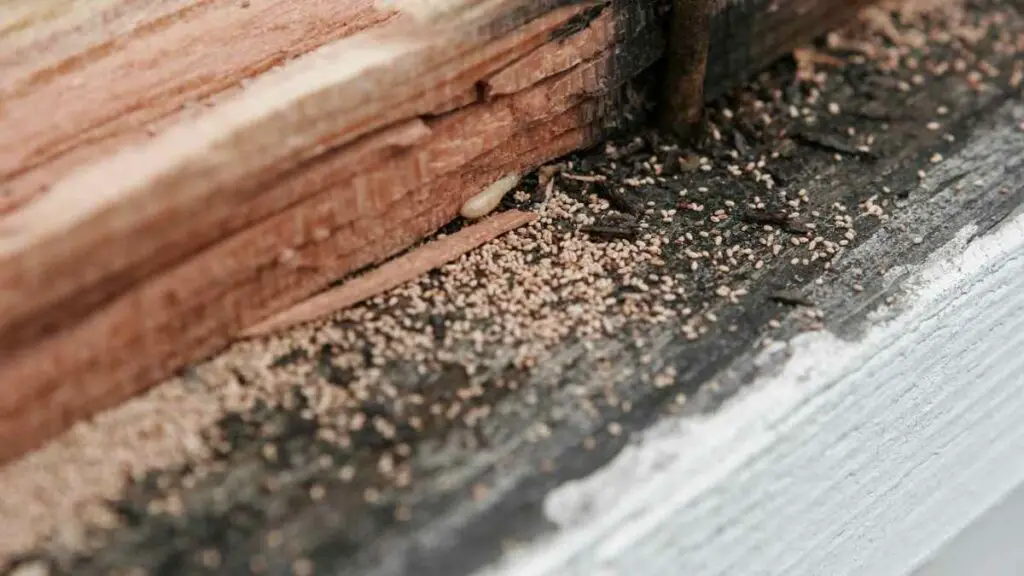
It is no use if you remove fleas from your couch only for them to come out of their hiding places in other parts of the house to infest the sofa again. Or for your pets to spread them in your vicinity again.
To avoid a flea problem, keep your grass mowed – in houses with yards. Then, use flea combs on your furry pets when they are coming into the home from a walk. That reduces the number of fleas that it carries inside. You can even trim the hair to reduce the chances of fleas getting attached to it. Other methods to repel fleas are using flea spray, flea trap, etc. Alternatively, you can also use flea shampoo on your pets.
Finally, endeavor to keep your home clean as much as possible.
Conclusion
So, now you know how to get fleas out of the couch. It’s not always an easy task, but it is doable. If one method doesn’t work, don’t give up – try another until the little pests are gone for good.
Now go and tackle your flea problem! And remember, if you are not confident It’sealing with your flea infestation, then call a pest control professional. A professional pest controller can get rid of fleas from your sofa quickly!
Good luck!

